Yep, another retro computing acquisition has landed across these pages. And of course it’s a Commodore-related one!
I recently acquired a Commodore Amiga CD32, which is the first and last bona-fide game console the company made before its demise. It’s a curious machine, a mix of old and new, and came out at a very volatile time in the home game console market. Even though it is technically considered a 5th generation console, it does have 4th-generation characteristics in its hardware and software. I haven’t had the machine for long, but I am already in love with it.
First though, a little history. Commodore in its last throes, before the XOR patent that lead to its demise, rattled its last remaining engineers in Pennsylvania to come up with a console machine. This wasn’t much of a stretch given the excellent audio and graphics capabilities of the AGA chipset, but time was running out to get the thing out the door and on sale. The fifth generation of video game consoles was a very busy time, with every man and his dog throwing his hat into the ring and bringing out a (usually) CD-based 32-bit product. Hell, even Apple released one (called the Pippin). Some companies, like the big three at the time — Sony, Nintendo and Sega — continued their success in the video console market, whereas most other companies that were venturing out into the unknown (from their prospective) were not so successful. Commodore, unfortunately, was in the latter camp. Adam Koralik’s excellent 5th generation console recap video sums up quite nicely how things were for these companies back then (strong language warning in case you are reading this at work). Also Dan Wood’s video on the CD32 is an interesting watch if you have a half hour to spare.
I guess one good thing that happened within the timeframe of the 5th generation console era was that Atari released its last ever console — hurrah! (I kid, I kid).
The Amiga CD32 was released in September 1993 in western Europe, Australia, Canada and Brazil. It’s not the first 32 bit console that was ever released — that trophy belongs to the FM Towns Marty — but it was so early on in the 5th generation when it was released, that it was the first next-gen console available in a wider market than just one country (the FM Towns Marty was released only in Japan).
The Amiga CD32 was based off the Amiga A1200 hardware-wise — the same CPU, the same amount of memory, the same basic AGA chipset, the same Kickstart. The Commodore engineers basically chopped an A1200 motherboard down to its bare essentials, removing things like the PCMCIA port, IDE controller, floppy drive controller and a slew of ports on the back, and added a CD-ROM drive and some minimal custom CD32 hardware (such as adding some CD routines to Kickstart ROM, and the Akiko chip). An example on how similar these two platforms were, there were even expansion add-ons called SX-1 and SX-32 that would turn your CD32 into an Amiga 1200, complete with Amiga RGB port, hard drive and serial and parallel ports!
Commodore knew during the development of the CD32 that it needed a large games library on launch. With the machine being so similar to the A1200, they quite cleverly tapped into the very established A1200 games market and got a whole heap of games ported to the CD32. This game library, however, really demonstrated the awkward timing of the launch of the CD32 — the graphics and sound of these games looked more advanced and involved when compared to fourth generation consoles like the Super Nintendo and Sega Mega Drive, but the physics and design of the games were not what most people now consider to be quintessential 5th generation characteristics — immersive 3D environments (even if they were quite polygonal at the time) and 24-bit colour depth. Most of the CD32 games library are just A1200 games that may include some pre-rendered full motion video (FMV) intro clips and some music saved as CD audio tracks on the disc that can be played in-game. Some publishers were incredibly cheap, and just rejigged their multiple-floppy A1200 title to work on a single CD disc, and called it a day.
So the game library can be a little disappointing really. It’s expected nowadays that when a console comes out that’s next generation (for the time), that the games that come out don’t really push the hardware to its limits much — game developers still need time to really see what the console hardware is capable of, and design and develop games to exploit the new-fangled technology. Unfortunately for the CD32 (and for Commodore), there never was a chance for this to occur; the machine died, along with the company, shortly after its release.
So, what about my particular example? I always had my eye on a CD32 or a Commodore CDTV —but had always been secretly hoping for a CD32 as it’s a more practical machine — and I was very lucky that I came across one on eBay that had, for some peculiar reason, an incredibly short auction time of 3 days. This is unheard of in Amiga circles, as most Amiga sellers know that they can get higher final bids on extended auction times, and mostly set to 9 or more days knowing that within the last day there will be a flurry of last-minute bids, inflating that final price higher and higher.
Well, I basically picked this up (along with three games) for a song — these machines typically go for north of $300 AUD for a badly kept one, but do come in a range of different conditions — some better than others. A CD32 example that I was watching on The Bay of E for some time had a starting bid of an eye-watering $500 — but it did come with half a dozen games, and was boxed! I picked up this machine for $250 AUD and I was the only bidder. To this day, I still don’t know how this was possible. The seller also threw in a couple more games for a few extra bucks, and when I got home I plugged it in and switched it on — the machine booted up fine and read discs OK too.
This example is, cosmetically, in very good condition. There is only one scratch at the bottom and there are some minute scratches in the CD drive window, but that is to be expected for a machine that was made in 1993. I did a semi tear down of the CD32 to show you guys what’s inside and how things fit together. Here are some happy snaps of my purchase below.
An aside that I discovered when pulling apart this machine — don’t ever remove this screw:
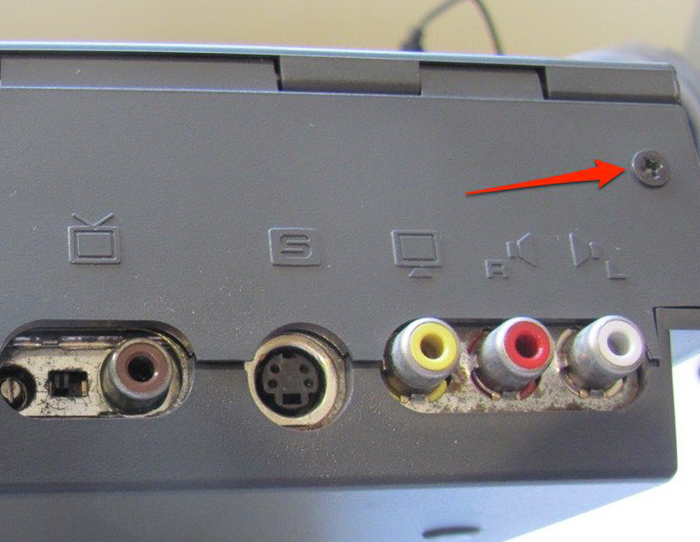
This screw isn’t needed to be removed to lift up the top cover. It is required though for the sprung CD hatch to work properly, and it’s a real pain in the arse to set back into the case once you’ve made the mistake of unscrewing it. If you have a CD32 yourself and need to open it for whatever reason, don’t remove the dark grey screw on the back. All other screws are fair game, however.
The only thing I need to work on now are the following — some are more easier than others:
- Getting some games for the console. I have downloaded some from the web, but am having a hard time burning them onto disc in a way that the CD32 can see it. Through trial and error, I discovered that Roxio Toast for Mac won’t burn .CUE files that don’t have a .BIN file associated with it, and Nero will make a complete mess of the disc, spitting out useless coasters. I discovered ImgBurn, which is a great and free program available for Windows, and it does a great job but the CD burner I am using is the USB-based Apple Superdrive and I suspect it is too new. The minimum speed I can burn is 10x, which I suspect is still far too fast for the CD32 to read, and the burn isn’t very strong – I can hardly see where the data ends on the disk and where the empty space starts — in contrast with a pressed disc where there is a clear visual delineation on where the data track ends.
- Getting an RGB signal out of the console. I am stuck with composite as there is no S-video input on my Samsung 6 Series LCD TV. Because of my location (Australia), we don’t get the fancy Euro-centric SCART connections on our TVs either, which means it is highly unlikely that I have a TV that will happily receive a 15kHz video signal. Some research showed me that there are certain pins on the Sony CXA1145 IC (image in gallery) that I can tap into to get the blessed R-G-B signals I need to get something respectable out of the machine — YouTube user RetroGameModz has a great video on how to tap into these CD32 RGB pins and also the theory and reasons for the decisions he made during his mod.
RGB is also available via the expansion port, which looks attractive as the mod can be completely removable, and there is a seller on Amibay that has made a (rather disappointingly) home-made looking adapter to Amiga RGB, but is asking 30€, which is way overpriced in my opinion. Even when I get RGB out, I’ll still have to find a way to get it fed into my TV – my TV has component RGB inputs (in which case I would just need some cabling and three cinch connectors) and still worry about scandoubling, or I can wire it up as a SCART cable, and then have a converter box to upscale and mux into an HDMI connection to my TV. Decisions decisions.
- Some capacitors on the motherboard look a little swollen. Nothing to really worry about for now, but I figure the quicker they are replaced, the better. I’m just waiting for the right time to pick up a Hakko FX-888 soldering iron before I get stuck into it.
So that’s basically it in a nutshell. I’m still struggling with getting some burned games running on the machine, so I am still looking out for original games on eBay. Plus I have a mate in the UK helping me out with a swag of games that are already on their way to me on the other side of the world.
Happy retrogaming!
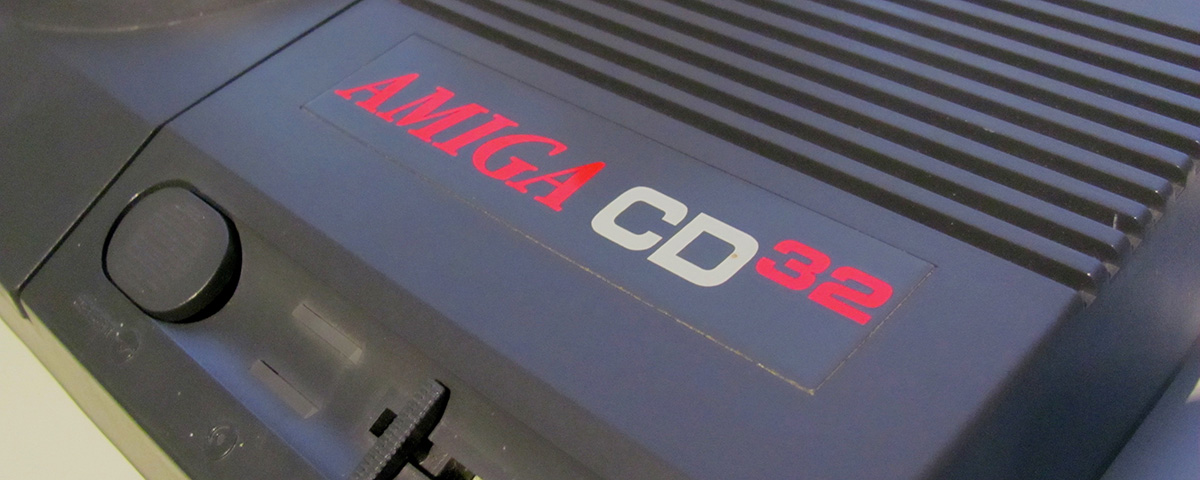
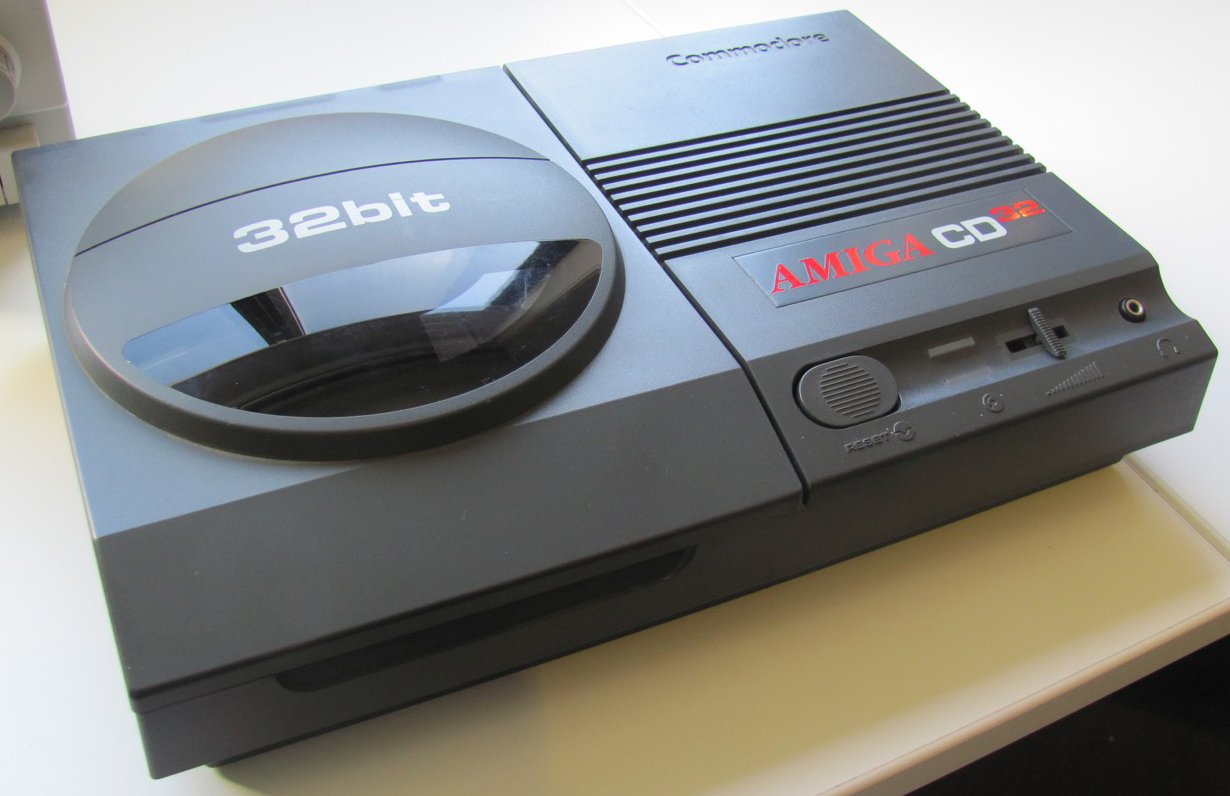
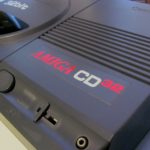

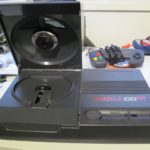
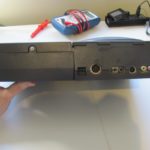
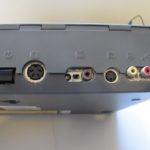
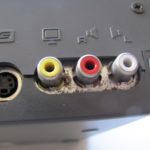

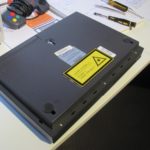
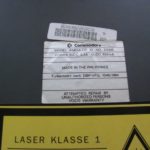
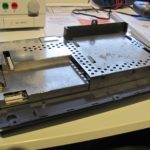
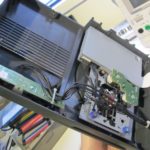

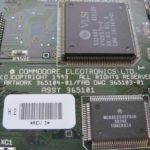
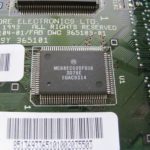
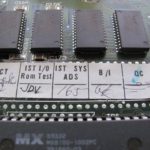
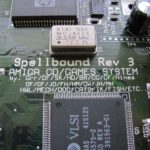
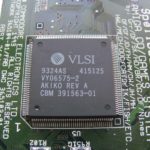
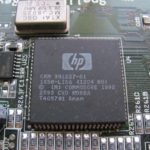


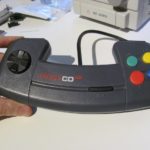
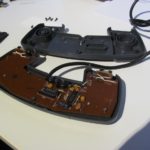
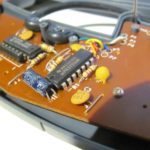
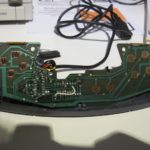





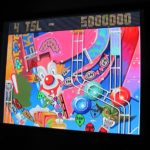
voxel says:
Lovely to see a CD32 being appreciated and in a safe and loving home. Mine was raised in a home with four children and took a few knocks. The spring wouldn’t pull the cd lid down firmly enough to stop the machine from resetting, thinking the tray was open, so we had to weigh it down with a stack of disc cases.
If you’re looking for game recommendations, Banshee, Liberation (Infiltrator in some regions), and Jetstrike were particular favourites in my home. Enjoy <3
April 3, 2015 — 10:05 pm
georgeharito says:
Hi voxel,
Thanks for the comments. I am familiar with complaints by other CD32 users with respect to the CD lid not staying down, I’m quite glad this isn’t happening (yet!) with my CD32 example.
Also thanks for the game recommendations, will definitely look into acquiring these games.
Cheers
— George
April 7, 2015 — 4:23 pm
Davide says:
Hi,i have also this Cd32 but unfortunately i’ve lost Expansion Cover and i don’t have joypad..can you help me ?
May 20, 2017 — 9:20 pm
georgeharito says:
Your best bet Davide is eBay or Amibay. I’ve broken my expansion cover since the writing of this blog post, so I need a new one too. I wouldn’t stress too much about an original joypad, I still have mine and they’re terrible to use. I use a Honey Bee compatible joypad instead which is much better and is reminiscent of the old Mega Drive / Genesis controllers. I still keep the original joypad around though in case I want to sell my CD32 in future.
May 21, 2017 — 7:50 am